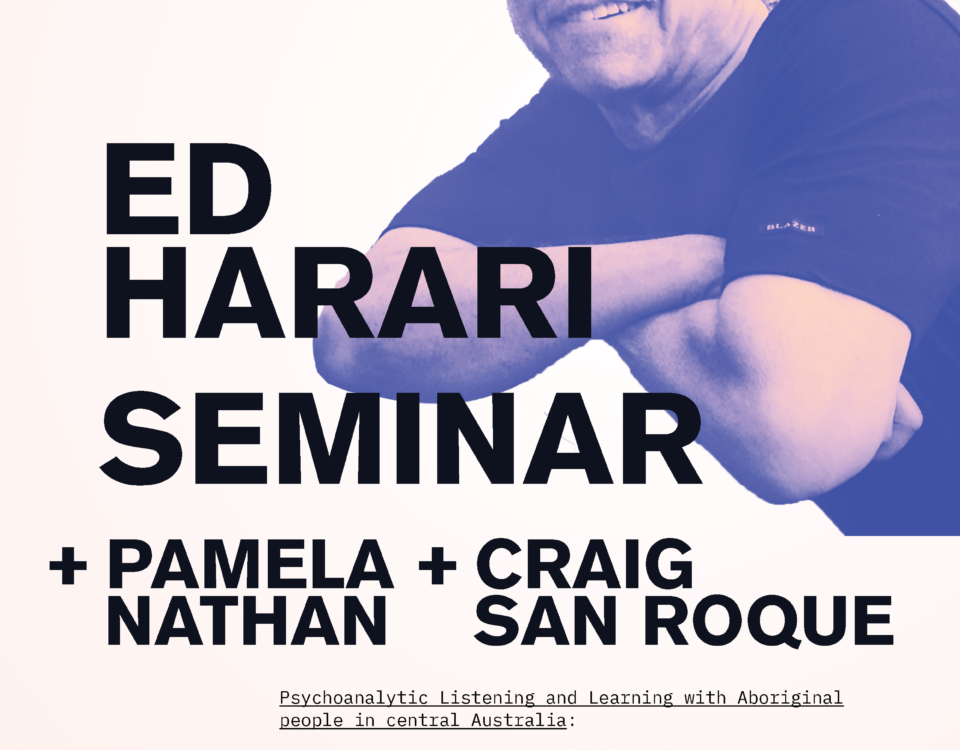RECONCILIATION AUSTRALIA: Psychological Perspectives
July 5, 2013Indigenous Prison Voices Inside Out
July 10, 2013 by Pamela Nathan, CASSE Aboriginal Program Director
by Pamela Nathan, CASSE Aboriginal Program Director
Amanda Sayer writes a confronting article on the gang girls and the increasing violence and crime perpetrated by young female adults including Aboriginal girls. He writes about his interviews with Jamie and Leeyah – 2 Aboriginal girls who have agreed to discuss their lives and the perceived rise of underage violence among Australian girls. In the last decade female crime soared by 36 per cent compared to an 8 per cent rise for males.
Jamie grew up in many foster homes and Leeyah with 17 siblings in Sydney’s west public housing estate. Jamie said she had been “treated like a slave”. Their immediate future comprises getting money for yandi on a daily basis to de-stress. They have been in and out of detention centres believing their future comprises gaol or pregnancy. Amanda describes a number of scenes where Jamie taunts non-Aboriginal women – to take their bag or to hold them up and rob them – which she does with some intimidation and glee. Leeyah describes juvenile detention as “paradise” given its facilities, and prison as “m-a-a-a-d eh” and in isolation she could draw and smoke.
Amanda Sayer interviewed Twentyman – a youth worker in Footscray. He said the problems of (violent) girls stems from homelessness. “These girls are often getting abused at home, in so many ways – it could be incest or parents on crack or whatever – and running away, and getting into gangs and drugs…well living like that is often better, for them, than being abused at home”, he says, “We’ve got to start dealing with these girls as victims rather than locking them up all the time”. He says a lot of the girls grow up with drugs in the household and this becomes “normal” for them.
Well I agree with Twentyman. These girls are not born wild. These girls suffer the legacies of neglect and abuse – physical, emotional and sexual – and transgenerational trauma. They live in a borderline loveless world of abandonment, where hate and power and deprivation drives them and where their thrills are cheap and cruel. They attach to each other as they are in dire need of love and affection. They steal because they feel cheated and because they need to make ends meet or need to inebriate their souls and deaden their minds. They rob and assault as they unconsciously feel robbed and assaulted by the vicissitudes of their lives.
Where are the treatment centres for women? When I worked at Forensicare in 1995 for seven years I began to shepherd the female perpetrators of murder and sex offending to the community centre for individual treatment. Male sex offenders had treatment programs for them in prison and the community but females did not. The women were grateful for the service provisions and wanted individual treatment and rehabilitation. They lived in a borderline world of poverty, childhood trauma, neglect and abuse and wanted help to rehabilitate and be able to realise the “good” life. The service provisions for men outweigh those for females and females need them. We do them a great disservice if we do not recognise the violence and the need for treatment.
Treatment needs to reach the victim inside the aggressor perpetrator and to help the perpetrator work on the impaired and abused victim self with poor attachments and mental representation of relationships. Forensic psychotherapy, which is not mainstream treatment, can help the inmate to mentalise the other, face his/her guilt and illuminate and bring to mind his/her internal crime scene often triggered by early and later trauma
And what about the mainstream law enforcing rehabilitation services? I was in the Alice Springs court recently. An Aboriginal girl was pleading guilty for assaulting a non-Aboriginal woman in a car park. She was 16. The magistrate demanded to know where her parents were and what parental supervision she had that day. The magistrate told the defendant that she was “a drunk” and that she had “failed” and that she had “no idea what a civilised society is” and “no idea how to behave in a civilised fashion”. One could say she was subject to a public shaming but also a racial vilification. She would almost certainly have left the court feeling like a low-life and without dignity or worth which is not what rehabilitation is about. Do the law courts help offenders with punitive sentencing and help contextualise understandings of crime or do they offend also?
Gang girls – girls gone wild are a testimony to abuse and trauma and ruptured minds and worlds and they deserve appropriate sentencing, treatment and rehabilitation options which can provide them with understandings and hope of a future which may include a home for their feelings as opposed to the homelessness of the streets or gaol.





